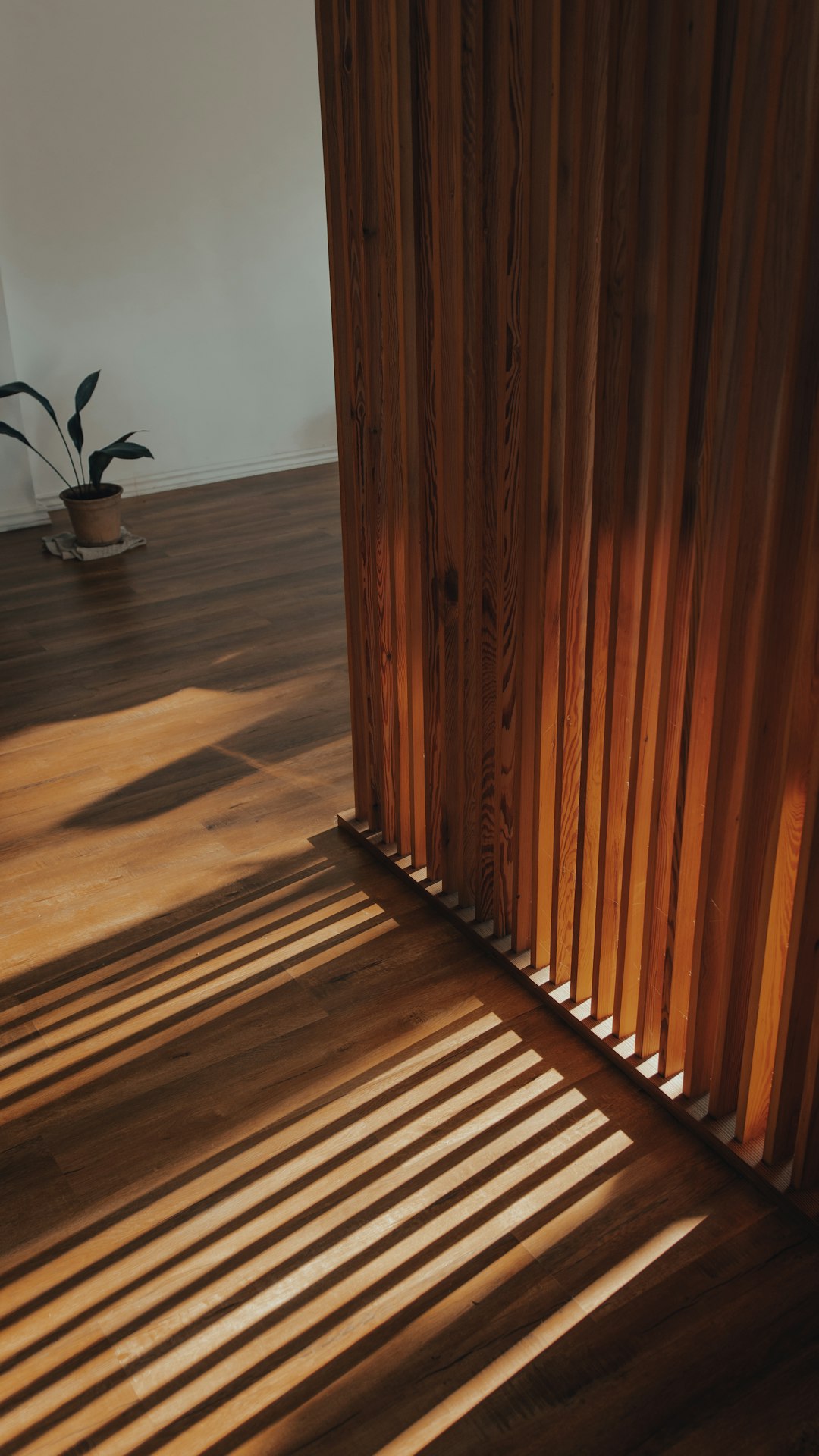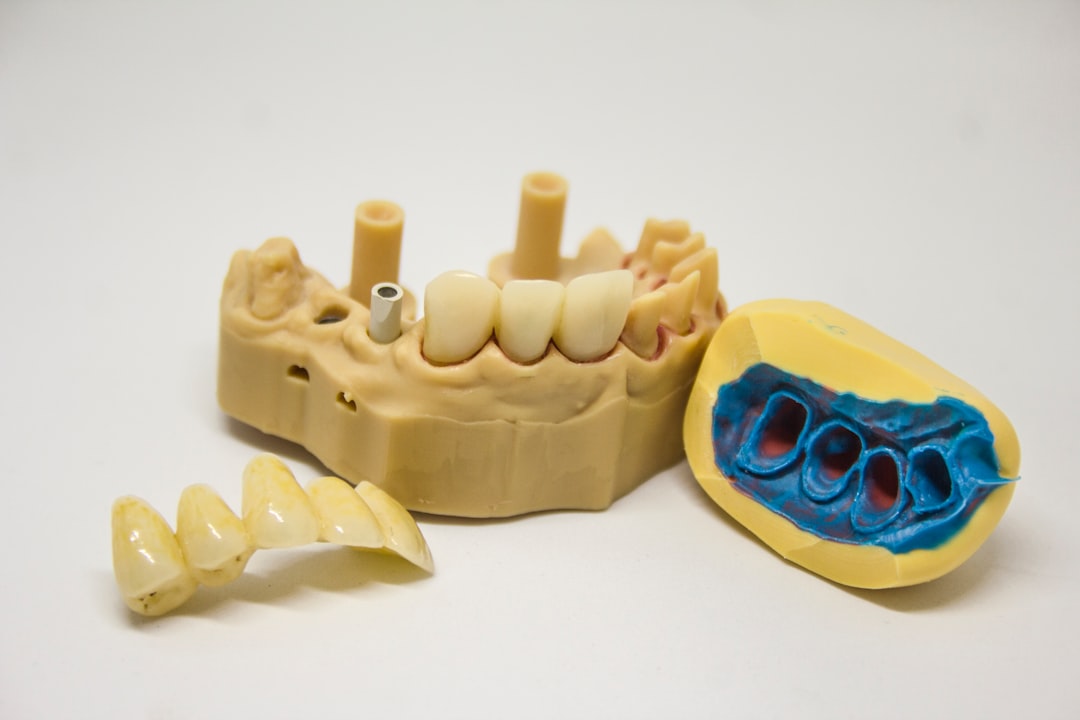The Key Elements of Great
How to Protect Yourself from Lithium Ion Battery Fires in Atlanta
In today’s digital age, we rely heavily on portable electronic devices such as smartphones, laptops, and tablets. These devices are powered by lithium-ion batteries, which are known for their energy density and long life. However, like any other technology, lithium-ion batteries are not without their risks. One of the most significant dangers associated with these batteries is the potential for fire. Lithium-ion battery fires can be extremely dangerous, and it is crucial to know how to protect yourself and your loved ones in the event of such an incident. In this article, we will explore the steps you can take to safeguard yourself from lithium-ion battery fires in Atlanta.
Understanding the Dangers of Lithium-Ion Battery Fires
Lithium-ion battery fires can occur due to various reasons, including overheating, physical damage, or manufacturing defects. When a lithium-ion battery catches fire, it releases flammable gases and can cause an intense fire that is difficult to extinguish. These fires can spread rapidly, endangering lives and property. Therefore, it is essential to be prepared and knowledgeable about how to respond if such an incident occurs.
Invest in a Lithium Ion Battery Fire Extinguisher
One of the best ways to protect yourself and your property from lithium-ion battery fires is by investing in a lithium-ion battery fire extinguisher. These specialized extinguishers are specifically designed to handle the unique challenges posed by lithium-ion battery fires. They use a non-corrosive agent that is effective in suppressing such fires and preventing re-ignition. By having a lithium-ion battery fire extinguisher on hand, you are better equipped to deal with emergencies swiftly and effectively.
Educate Yourself on Fire Safety
While having a lithium-ion battery fire extinguisher is essential, it is equally important to educate yourself on general fire safety practices. Understanding the basic principles of fire safety can help you prevent fires from occurring in the first place and minimize the risk of serious incidents. Some key fire safety tips include:
1. Never leave your electronic devices charging unattended, especially overnight. Overcharging can lead to overheating and potential fire hazards.
2. Avoid exposing your devices to extreme temperatures, as this can damage the battery and increase the risk of fire.
3. Regularly inspect your electronic devices for signs of damage, such as bloating or leakage. If you notice any abnormalities, discontinue use and seek professional assistance.
4. Store your electronic devices away from flammable materials and in well-ventilated areas. Avoid keeping them in confined spaces, such as inside a closed drawer or cabinet.
Know How to React in Case of a Fire
In the event of a lithium-ion battery fire, it is crucial to know how to react quickly and effectively. Here are the steps you should take:
1. Alert others and evacuate the area immediately. Your safety and the safety of those around you should be your top priority.
2. Call the emergency services and provide them with accurate information about the situation. Do not attempt to extinguish the fire yourself unless you have received proper training and have the appropriate equipment.
3. If it is safe to do so, cut off the power source to the device by unplugging it or removing the battery, if possible. Do not touch the device if it is already engulfed in flames or producing smoke.
4. Once you are in a safe location and the fire has been extinguished, seek medical attention if necessary. Lithium-ion battery fires can release toxic fumes, so it is essential to get checked by a healthcare professional.
Conclusion
While lithium-ion batteries have revolutionized the way we live and work, it is important to recognize their potential risks. By investing in a lithium-ion battery fire extinguisher, educating yourself on fire safety practices, and knowing how to react in the event of a fire, you can protect yourself and your loved ones from the dangers of lithium-ion battery fires. Stay informed, stay prepared, and stay safe.
The Beginners Guide To (What You Need To Know To Get Started)
 Points to Help You Choose a Suitable Floor installation company
Points to Help You Choose a Suitable Floor installation company
 Safeguarding Your Home: A Comprehensive Guide to Sewer Repair in Van Nuys
Safeguarding Your Home: A Comprehensive Guide to Sewer Repair in Van Nuys Everything You Should Know About Finding a Reputable Provider for Engine and Compressor Parts
Everything You Should Know About Finding a Reputable Provider for Engine and Compressor Parts The Importance and Benefits of Commercial Pest Control Services
The Importance and Benefits of Commercial Pest Control Services Choosing an Ideal Dental Service Provider
Choosing an Ideal Dental Service Provider
 Guidelines when looking for the Right Pomeranians sellers
Guidelines when looking for the Right Pomeranians sellers